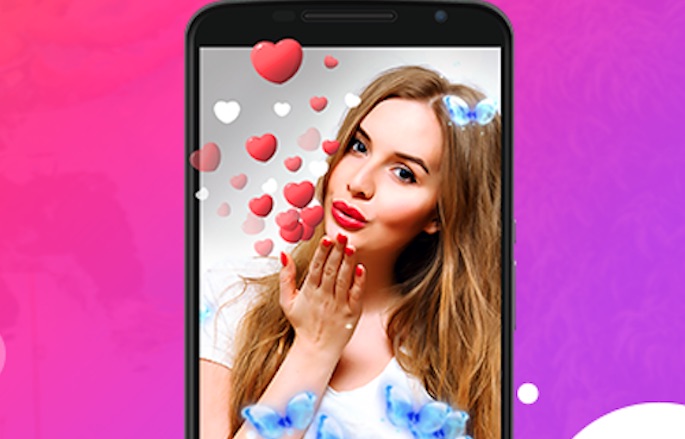
Now that Kylie Jenner has declared Snapchat to be dead (and wiped out more than $1 billion in the company’s value), there may be space for a new social media app to ascend to new heights. If Snapchat is over, what’s new and happening? Hoping to fill the void is Like, a short video app with what is said to be some of the most advanced technology in its category. Already an international sensation, Like has proven its popularity by attracting more than 25 million users in 19o countries. So move over indeed, Snapchat, because Like may be the new ruling monarch.
The app, in some ways, is much like Musical.ly, the so-called “global video community” that allows users to create, share, and explore short music videos. But Like takes things a step further with a number of augmented reality effects, resulting in what the Like team calls “music magic.”
Using Like seems simple enough — all you need to do is pick a song (there are plenty of current pop hits that you can select within the app itself) — and then begin recording videos that you can either share in the app itself or on other social media outlets. But before you say that this sounds just like the millions of other social music video apps already in existence, you’ll have to explore the variety of special effects, many of which, ironically enough, seem to take their cues from Snapchat.
You can apply face filters, change your voice with sound effects, and most importantly, check out a host of AR effects. With its 4D Magic effects, Like allows users to transform video backgrounds with simple animations like bubbles, or with impactful moments like a big explosion. You can also turn your background into a fanciful place — after all, why make your bedroom the backdrop when you can make it the moon? Plus, you can do face swaps, and a range of other (again, admittedly Snapchat-esque) effects.
A number of young Hollywood influencers, including Mackenzie Ziegler, Johnny Orlando, and Tessa Brooks have begun using the app, but only time will tell if the real queen of social media gives her stamp of approval. But even if Kylie isn’t using Like just yet, you can try it out yourself.
